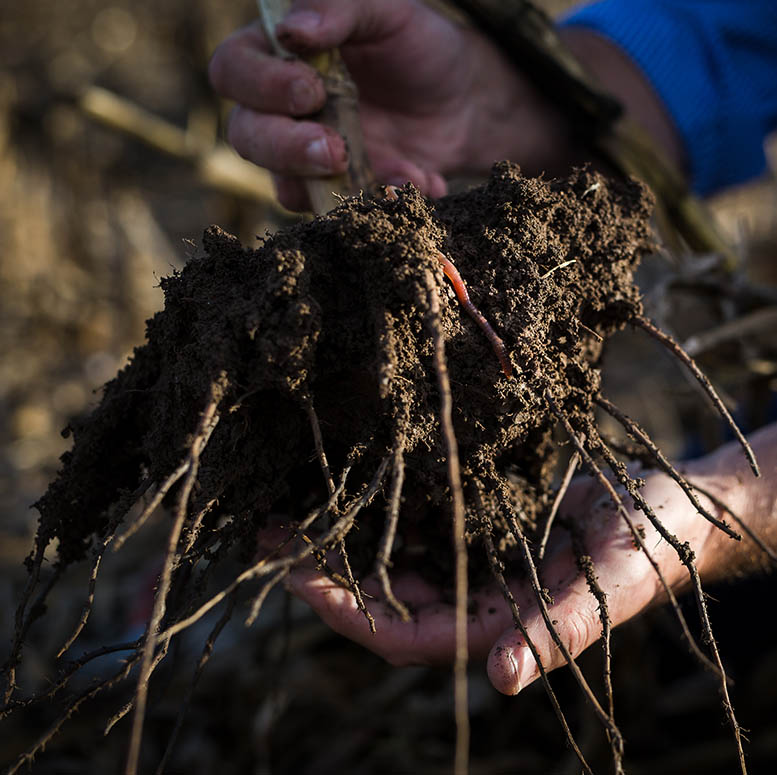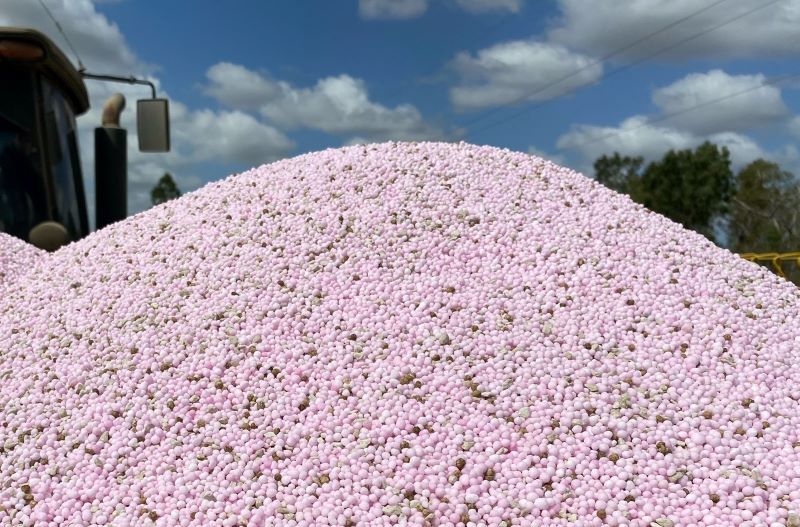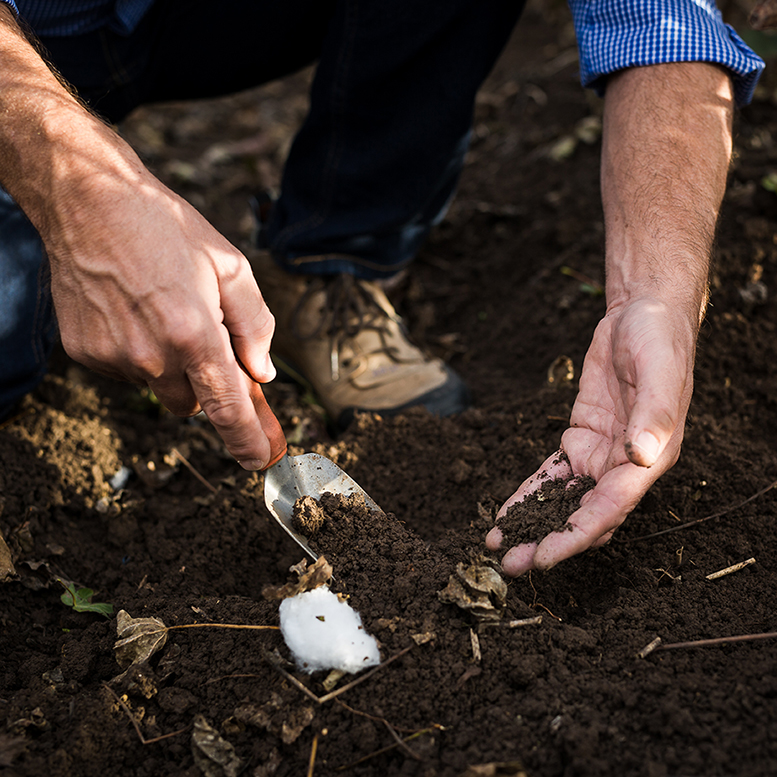Agronomic Insights

The stars have aligned for the 2023-24 cotton season, with good levels of soil moisture, full water storage in many areas and favourable cotton prices.
Last season, many crop nutrition programs were not completed, or were inadequate due to the wet conditions (limiting access to paddocks), and now is the time to plan to avoid this happening again.
This is very important for nutrients such as nitrogen, that are required in large amounts. Nitrogen does not become plant-available until after the applied fertiliser has undergone physical, chemical, and microbial breakdown. These processes depend on soil temperature, moisture, pH, and soil microbes. These processes simply take time, and nitrogen needs to be well distributed in the soil profile.
Last season many in-crop nitrogen applications were late, rushed, or inadequate and coupled with large nitrogen losses and waterlogging events, appear to have reduced crop yields.
In some instances, while nutrient was applied, the late or compromised application depth and placement conditions led to poor crop uptake.
A range of factors affects cotton’s ability to take up nitrogen, including:
- Application timing: lower soil temperatures in winter can result in less soil nitrate being available and reduced soil microbial activity.
- Weather conditions: periods of high rainfall can lead to waterlogging, denitrification and leaching losses.
- Form of nitrogen fertiliser: Urea can be slower taken up by the plant than other fertilisers due to the chemical breakdown of ammonium nitrogen to nitrate nitrogen.
- Placement of fertiliser in the soil: placing fertiliser at the correct depth can minimise volatilisation losses and boost plant availability.

Soil testing & soil health
Much of last season’s applied nutrition may have been lost, stranded in surface layers, or not used, so segmented soil sampling is more important than ever for the 2023 season.
Regular soil testing, with accurate interpretation of the results, is valuable in assessing soil nutrient levels and their availability prior to planting.
The amount of nitrogen required will vary depending on existing nutrient in the soil.
The Fertcare Soil Sampling Guide’s (Gourlay & Weaver, 2019, table 6 on page 21) summarises appropriate enterprise/crop sampling depths for topsoil:
- For comprehensive analyses where cotton is irrigated and grown on hills or beds in Qld, or all cotton enterprises in NSW, looking at most nutrients, salts, exchangeable cations, and soil health indicators:
- 0-30cm for topsoils should be selected.
- For irrigated cotton grown on the flat in Qld, or rain-grown cotton in Qld and NSW:
- 0-10cm for the topsoil depths should be selected,
- along with considering subsoil sampling of comprehensive nutrients etc in the 10-30cm layer also.
- 0-10cm for the topsoil depths should be selected,
Our recently added Soil Health Test Package allows growers and advisors to measure some key biological, chemical, and physical indicators in their topsoil. Interactions between these impact soil health, nutrient uptake, and soil processes. This includes the following analytes:
- Chemical:
- Labile (active) Carbon
- Total Carbon
- Total Nitrogen
- C:N Ratio
- Physical:
- Loveday & Pyle Slaking & Dispersion
- Biological:
- Microbial Respiration
This is a test designed to give growers and advisors a snapshot and a reference point to then use as a benchmark for change every 4-5 years or at key times in a crop rotation.
It is important that soil health testing be consistent in location, depth and soil moisture when comparing samples across numerous sample timings.
Deep soil samples should be considered and should be segmented at the 30-60cm and 60-90cm soil depths. This will give growers and advisors the ability to better understand the quantity and position of current mobile nutrients (N, S, Boron) in the profile. It will also highlight the location and possible impacts on any subsoil constraints present where salts and cations are analysed. Sampling in this fashion will indicate a good starting point for the next crop and enable informed application rates and placement position early in the fallow. This should allow for better nutrient distribution in profiles in the lead-up to planting later in the year.
Further Information
For more information about cotton nitrogen management, see your local Incitec Pivot or Nutrient Advantage accredited agronomist.
References
Gourley CJP and Weaver DM (2019) A guide for fit for purpose soil sampling, Fertilizer Australia, Canberra, Australia.
Resources
DOWNLOAD INSIGHTDISCLAIMER
This is a guide only, which we hope you find useful as a general tool. While IPF has taken all reasonable care in the preparation of this guide, it should not be relied on as a substitute for tailored professional advice and IPF accepts no liability in connection with this guide. Incitec Pivot Fertilisers manufactures and sources fertilisers from other suppliers. The fertiliser supply chain extends beyond the company’s direct control, both overseas and within Australia. Incitec Pivot Fertilisers hereby expressly disclaims liability to any person, property or thing in respect of any of the consequences of anything done or omitted to be done by any person in reliance, whether wholly or in part, upon the whole or any part of the contents of this article.
You might also be interested in these

Horticulture, Pasture, Sugar, Summer Crop
Poor Soil Structure – Have you identified if it is costing you profitability?
November / 2023

Summer Crop
Phosphorus and Zinc: Key to establishing crops
September / 2023

Horticulture, Sugar, Summer Crop
Managing nitrogen in El Niño conditions
July / 2023

Summer Crop
Focus on the future with soil testing
March / 2024

